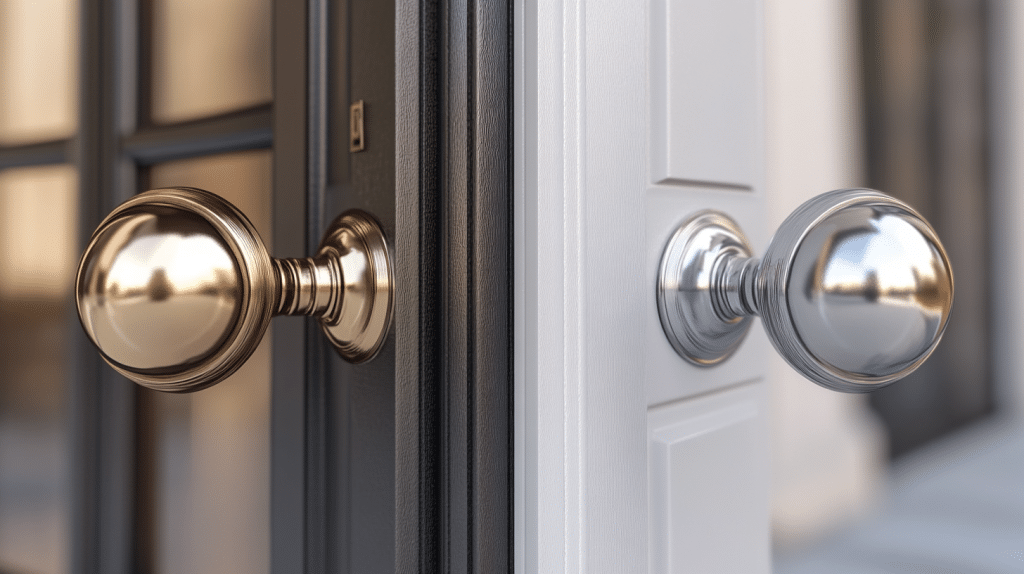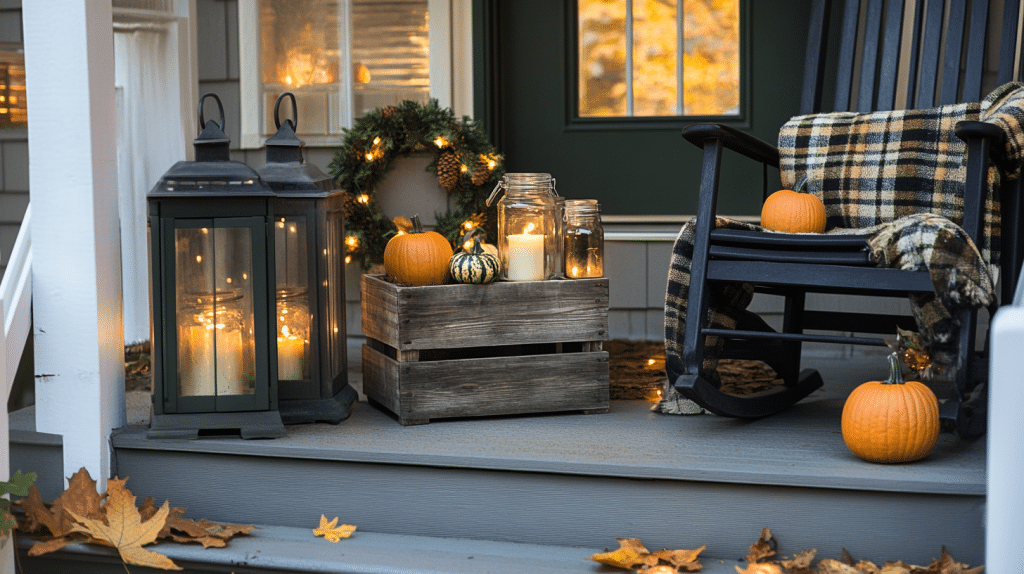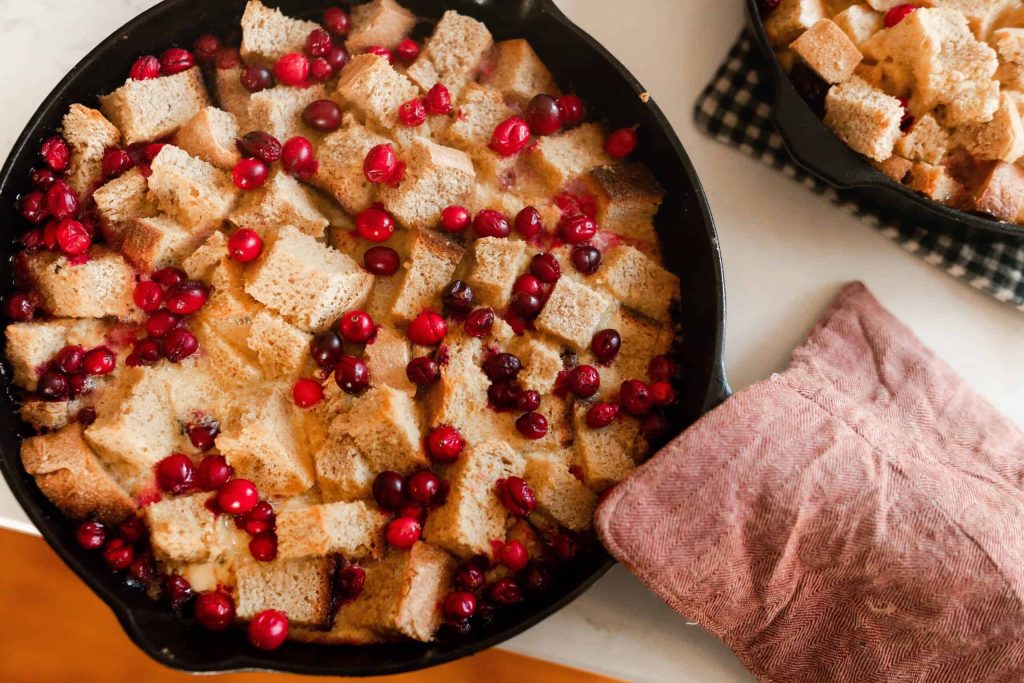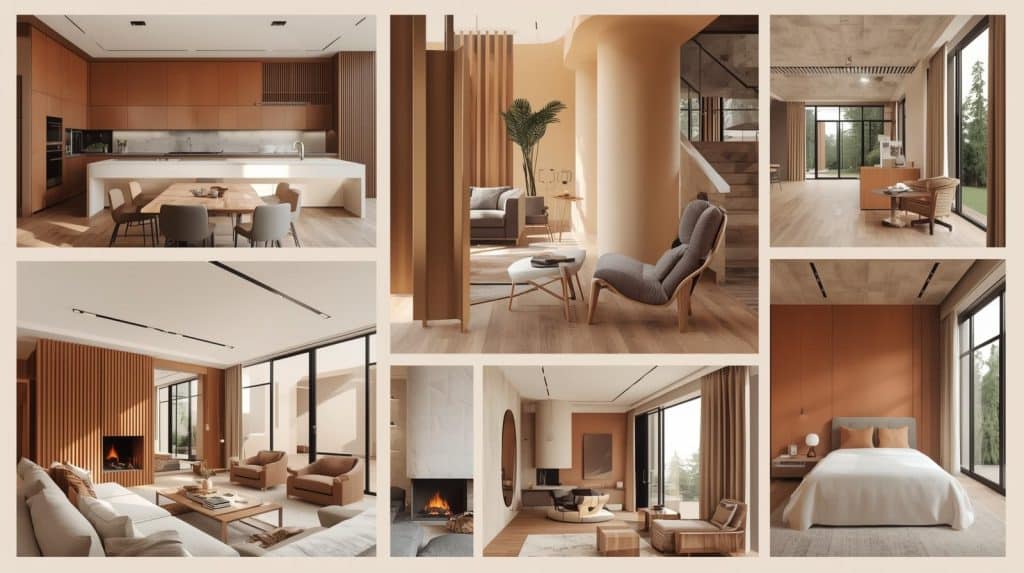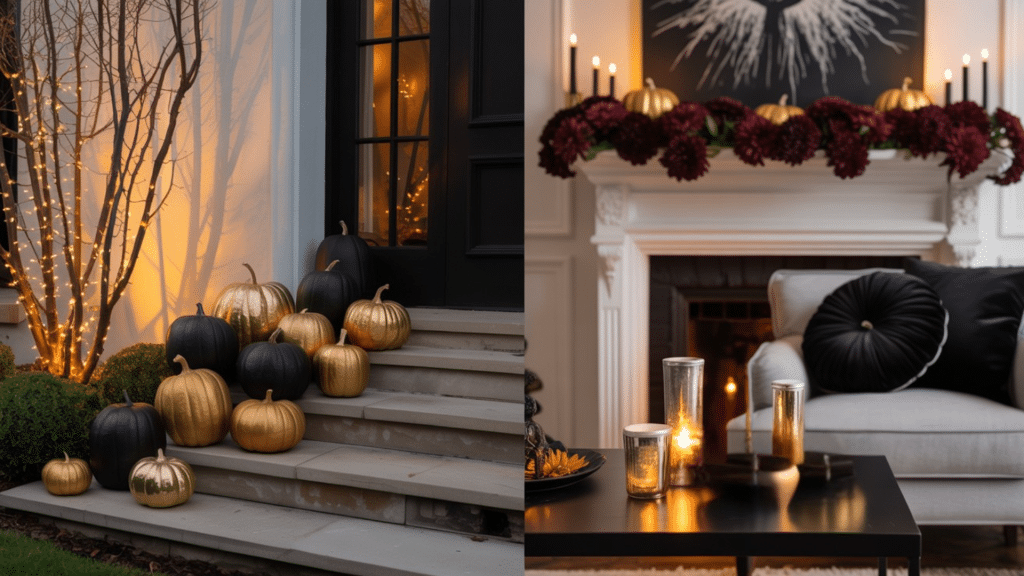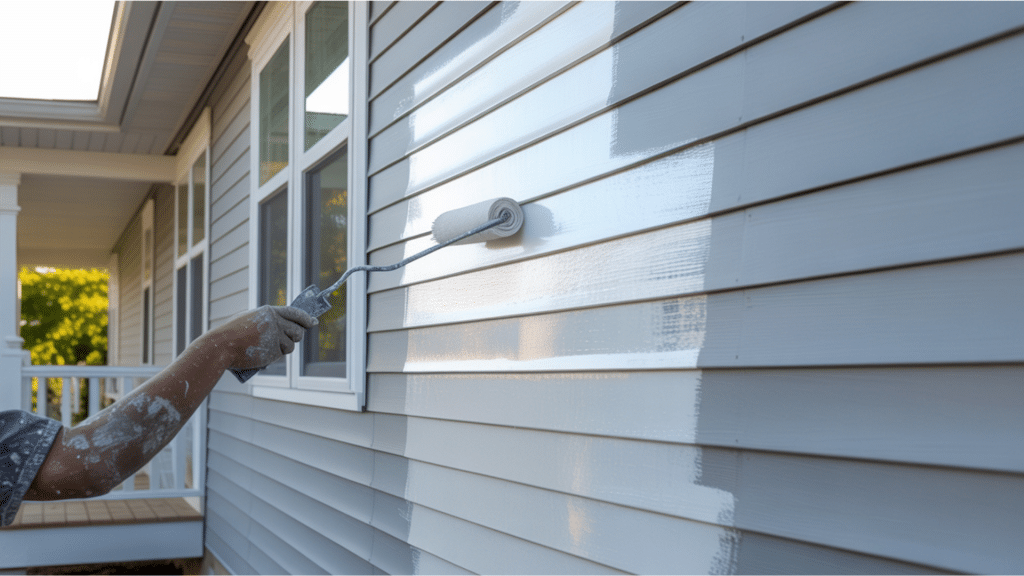Confused yet? I stood in the hardware store for 30 minutes staring at two seemingly identical metal finishes. The labels said “brushed nickel” and “satin nickel,” but they looked almost the same to me. And I’m not alone.
Most homeowners get stuck when picking hardware finishes. The tiny differences between brushed and satin nickel can actually make or break your kitchen or bathroom design.
But here’s the truth: these finishes aren’t the same at all.
In this guide, I’ll clear up the confusion once and for all. You’ll learn exactly how these finishes differ, where each works best, and which one might be right for your home, no more second-guessing at the hardware store.
What are Brushed and Satin Nickel Finishes?
Brushed and satin nickel are popular finishes for home hardware like faucets, handles, and light fixtures. Both have a soft, silver look, but there are key differences:
Brushed Nickel:Brushed nickel has a textured surface with fine lines running in one direction, giving it a matte look. This finish is slightly darker and less shiny than satin nickel. The texture helps hide water spots and fingerprints, making it a good choice for busy areas.
Satin Nickel: Satin nickel has a smooth, even surface with a soft, warm glow. It is a bit glossier than brushed nickel, but not as shiny as chrome. Satin nickel is easy to clean and fits well in both modern and traditional spaces.
Both finishes are durable and low-maintenance, but satin nickel is a little easier to wipe clean, while brushed nickel is better at hiding smudges and scratches.
Brushed Nickel vs Satin Nickel: What’s the Real Difference?
| Feature | Brushed Nickel | Satin Nickel |
|---|---|---|
| Surface Texture | Has visible brush marks with a slightly rough, directional texture | Smooth, uniform texture with no visible grain |
| Finish/Shine | Matte or dull finish | Soft, subtle sheen (not glossy, but more reflective than brushed) |
| Color Tone | Slightly darker and muted silver-gray | Slightly lighter and warmer silver-gray |
| Scratch Visibility | Excellent at hiding scratches and fingerprints due to the texture | Can show scratches or smudges more clearly |
| Maintenance | Very low — hides water spots and requires minimal cleaning | Low — easy to clean due to smooth surface |
| Durability | Highly durable; maintains appearance over time | Durable, but may require occasional polishing to maintain luster |
| Design Style Fit | Industrial, farmhouse, rustic, vintage | Modern, transitional, minimalist, contemporary |
| Cost | Typically, a bit more affordable due to a simpler finishing process | Slightly more expensive due to additional electroplating and lacquering steps |
| Common Uses | Cabinet hardware, bathroom/kitchen fixtures, door handles | Faucets, showerheads, light fixtures, appliance trims |
| Light Reflection | Absorbs more light — understated appearance | Reflects light softly — adds a warmer glow |
| Compatibility with Other Finishes | Blends well with black, bronze, and stainless steel | Pairs well with chrome, polished nickel, stainless steel |
| Availability | Widely available in mid-range to budget products | Common in both mid-range and upscale hardware lines |
Texture & Shine: The Look and Feel of Each Finish
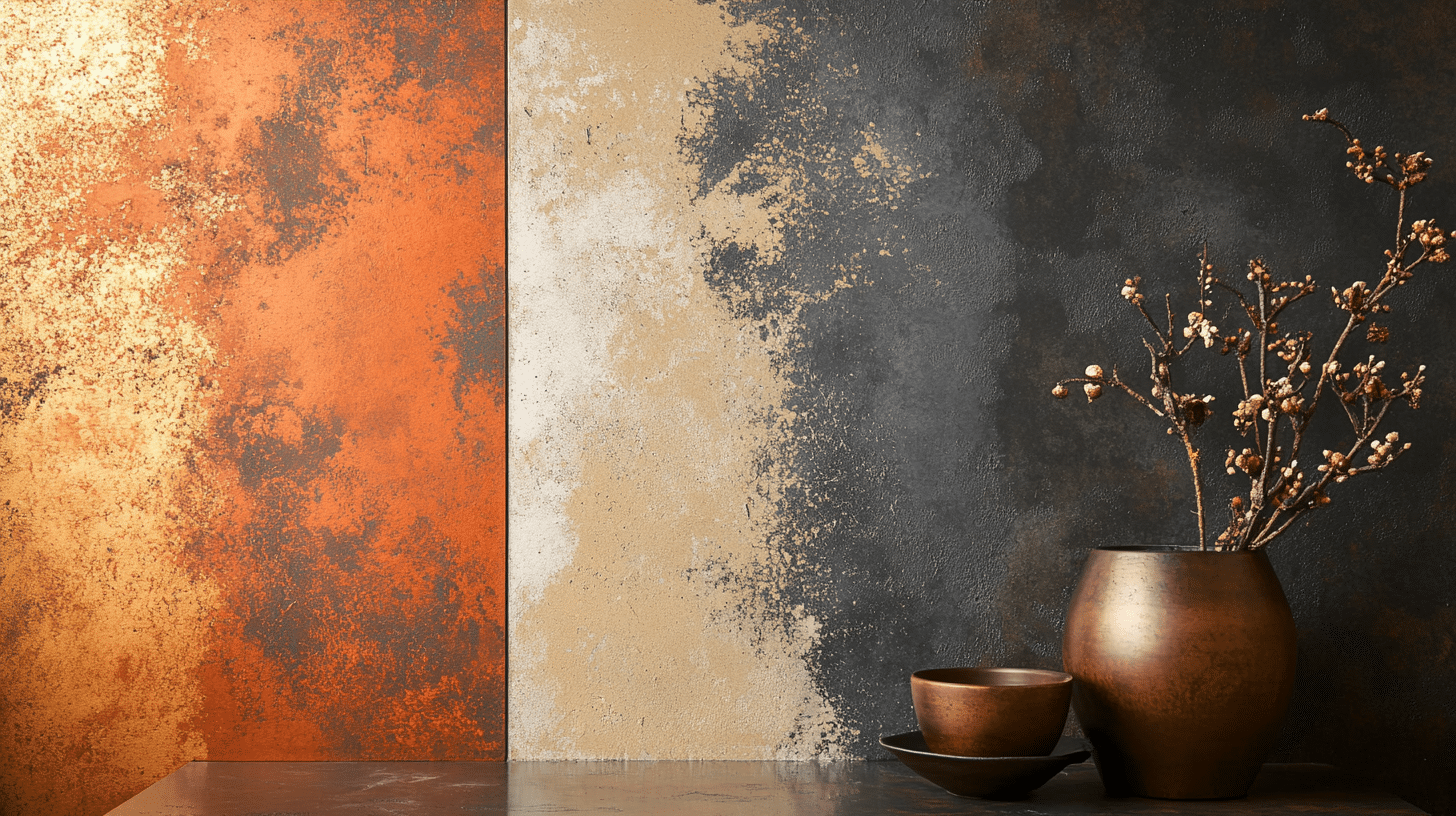
Check out how brushed and satin nickel differ in texture and light reflection. From matte elegance to soft sheen, see which finish complements your space best.
The Impact of Texture
Wall finishes can change how a room feels just by adding texture. Smooth walls look clean and modern. Rough walls add warmth and character.
When you touch a textured wall, it creates a different feeling than a flat painted surface. This matters in your home because texture affects both how a room looks and how it feels to be in it.
The right texture converts rooms while the wrong one clashes with your style.
Matte Finishes
Matte finishes have no shine at all. They look soft and smooth. These finishes hide wall flaws better than shiny ones. If your walls have bumps or patches, matte paint can help.
The downside? Matte walls can be harder to clean. Finger marks and dirt show up more. These finishes work great in low-traffic areas like bedrooms and formal living rooms.
Matte: 45% of 2025 wall paint sales.
Eggshell and Satin
One step up in shine are eggshell and satin finishes. They have a subtle glow that’s not too shiny. These middle-ground finishes offer the best mix of looks and function.
They hide some wall flaws but clean up easier than matte. Many designers pick these finishes for living rooms and hallways. The soft shine catches just enough light to make the walls look fresh.
Eggshell: 10-25% light reflection. Satin: 25-35%.
Semi-Gloss and Gloss
The shiniest options are semi-gloss and gloss finishes. They reflect lots of light and make small rooms feel bigger.
These finishes are also the easiest to clean, which makes them perfect for kitchens, bathrooms, and kids’ rooms. Just be careful—shiny finishes show every bump in your wall. Make sure your wall is smooth before using these high-shine options.
Semi-gloss: 70% light reflection, making rooms look larger.
Textured Paint Finishes
Special paints can add texture even to flat walls. Some have sand mixed in for a gritty feel.
Others create a suede or velvet look. These textured paints give you both color and touch in one step. They cost more than regular paint but save you from adding panels or other materials to get texture.
Textured paint: 30% sales growth since 2023.
Natural Material Finishes
Stone, wood, and brick add natural texture that paint can’t match. These materials bring the outdoors inside and connect with our sense of nature.
They’re more work to install but last longer than paint. Each piece of stone or wood has unique patterns, making your wall truly one-of-a-kind.
Natural materials: 20-30 years vs. paint’s 5-7 years.
Brushed or Satin Nickel: Which Offers Better Value for Your Budget?
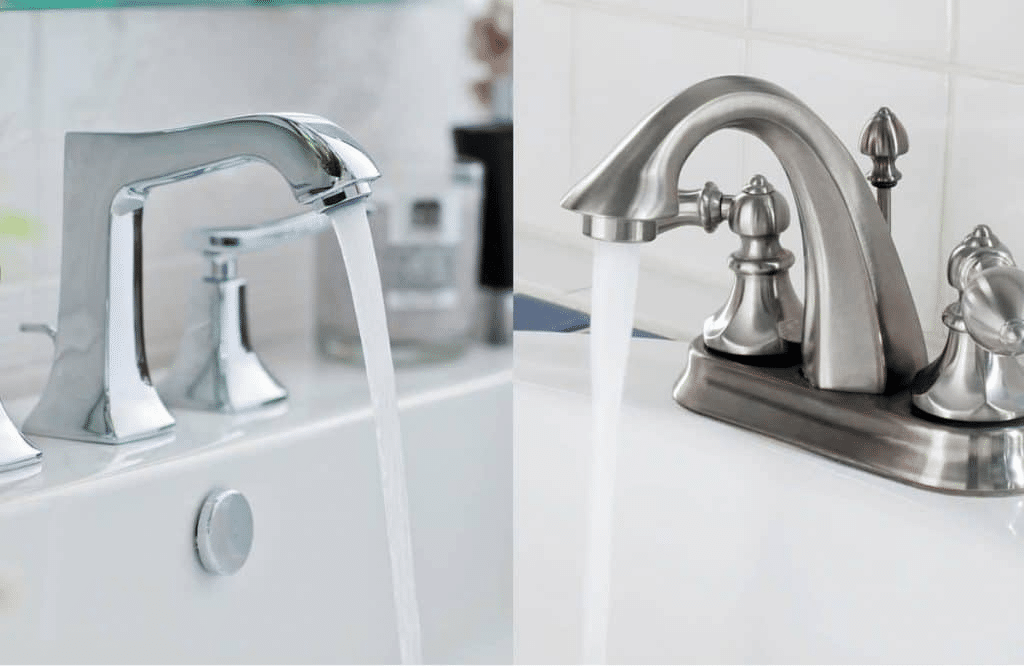
Brushed nickel usually costs a little less than satin nickel. That’s because it’s easier and cheaper to make. The finish has tiny lines that give it a soft, dull look and help hide smudges and scratches.
Satin nickel costs a bit more because it takes extra steps to make it smooth and shiny. It has a soft glow and looks nice in modern homes.
Ultimately, the better value depends on your goals:
- On a tight budget? Brushed nickel offers durability, style versatility, and cost savings.
- Prioritizing a polished, upscale look? Satin nickel may be worth the slightly higher investment.
If you’re trying to save money, brushed nickel is a great choice and still looks good. But if you want a fancier, more polished look, satin nickel might be worth the extra cost.
Is Mixing Brushed and Satin Nickel a Design Mistake, or a Style Win?
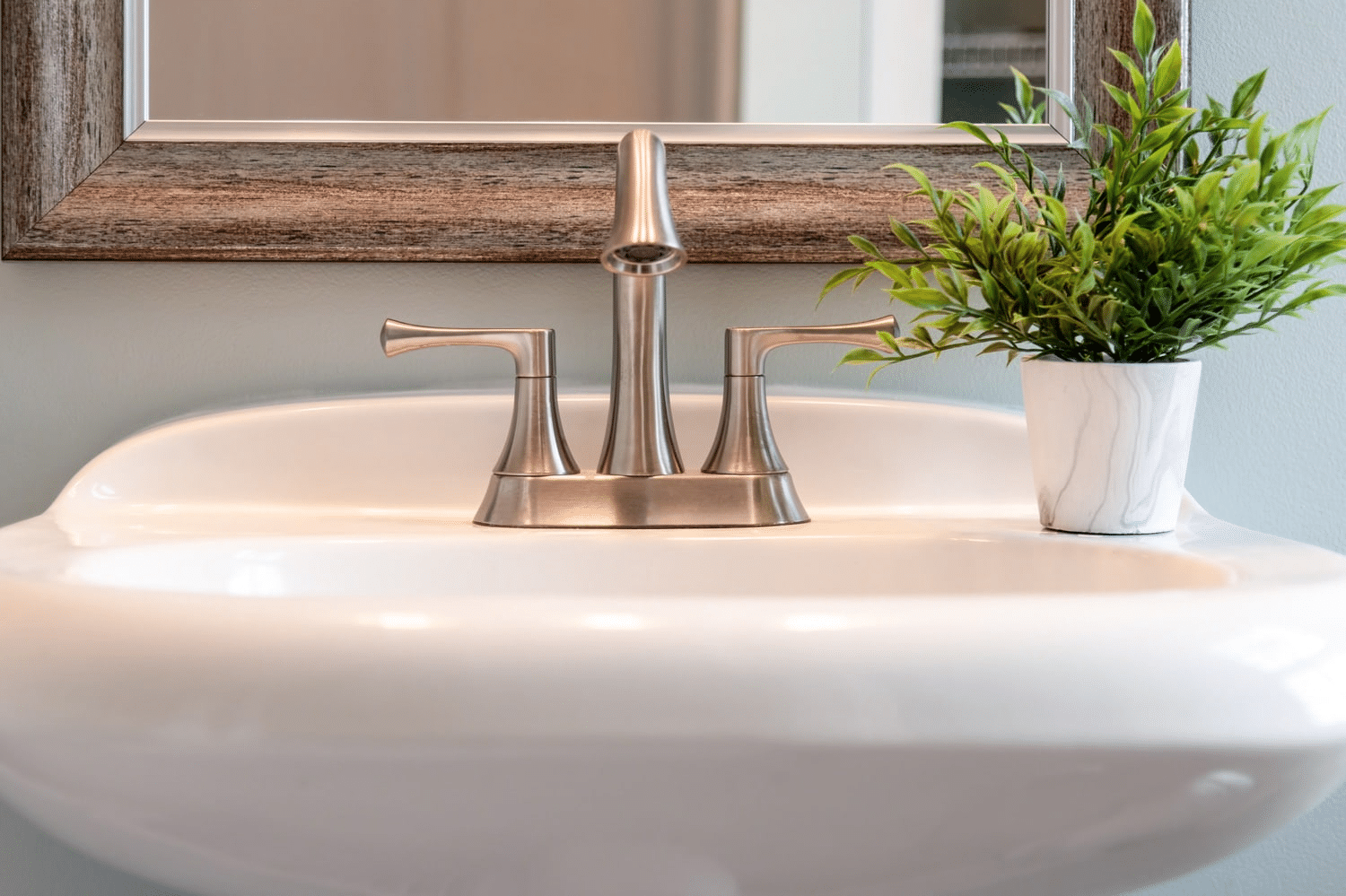
Mixing brushed and satin nickel finishes is not a design mistake. In fact, many designers say you can mix different metal finishes-including brushed and satin nickel-for a stylish, layered look. Here’s how to do it right:
Make It Intentional
Mixing finishes works best when it looks planned. Use brushed nickel on one type of fixture (like faucets) and satin nickel on another (like cabinet pulls) to create a balanced look.
Watch the Undertones
Brushed and satin nickel are both silver with similar undertones, so they blend well together. Avoid mixing them with chrome or metals that have very different undertones, as this can clash.
Limit the Number of Finishes
Stick to two or three metal finishes in one space for a cohesive feel. Too many different finishes can make a room look messy.
Play with Texture
Mixing brushed and satin finishes adds depth and interest. The soft shine of satin nickel can balance the matte texture of brushed nickel.
Placement Matters
Keep similar finishes grouped or spread them out evenly. This helps the mix look intentional, not accidental.
Mixing brushed and satin nickel can be a style win when done thoughtfully, giving your space a modern, collected feel.
Common Mistakes to Avoid
- Assuming they’re the same finish: They may look similar, but brushed and satin nickel differ in texture, shine, and feel.
- Mixing finishes without a clear design plan: Combining both in the same room can clash if not styled intentionally.
- Not testing the finish under your home’s lighting: Lighting can make a finish look warmer, cooler, shinier, or duller than in-store.
- Choosing based only on price: Saving a few dollars could result in a look that doesn’t match your space.
- Ignoring maintenance differences: Brushed hides smudge better; satin may show water spots more easily.
- Not considering the overall style of your room: Brushed works better in rustic spaces; satin fits modern or transitional styles.
The Bottom Line
So, which nickel finish wins – brushed or satin? The answer depends on your specific needs. Brushed nickel offers a warmer look with visible grain lines, perfect for traditional spaces.
Satin nickel provides a smoother, slightly reflective surface ideal for modern designs. Both resist fingerprints and water spots better than chrome or polished nickel.
Before making your final choice, grab a sample of each finish and test it in your actual space under your lighting.
Ready to upgrade your hardware? Now you can shop with confidence, knowing exactly what separates these popular nickel finishes.


